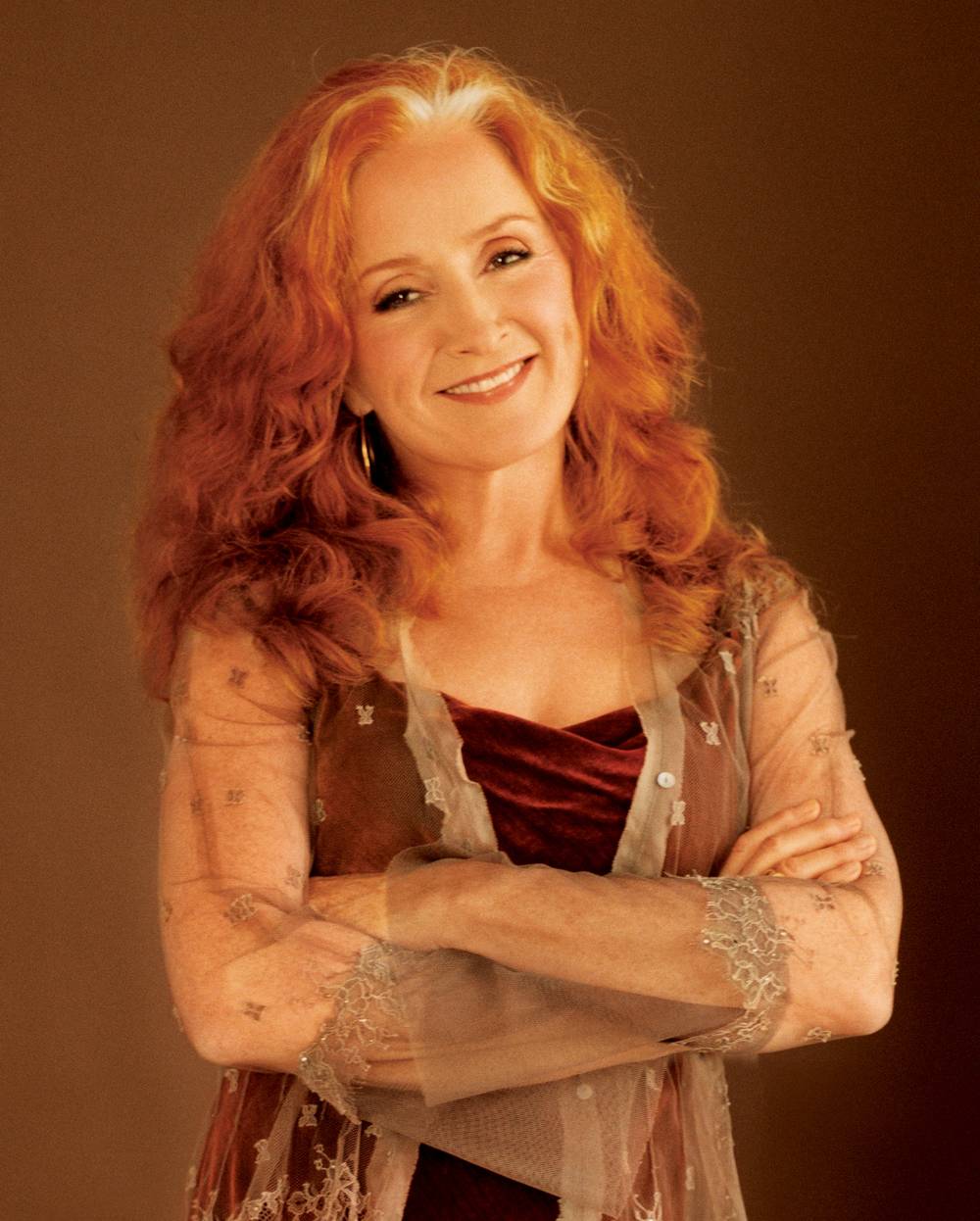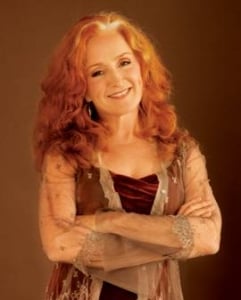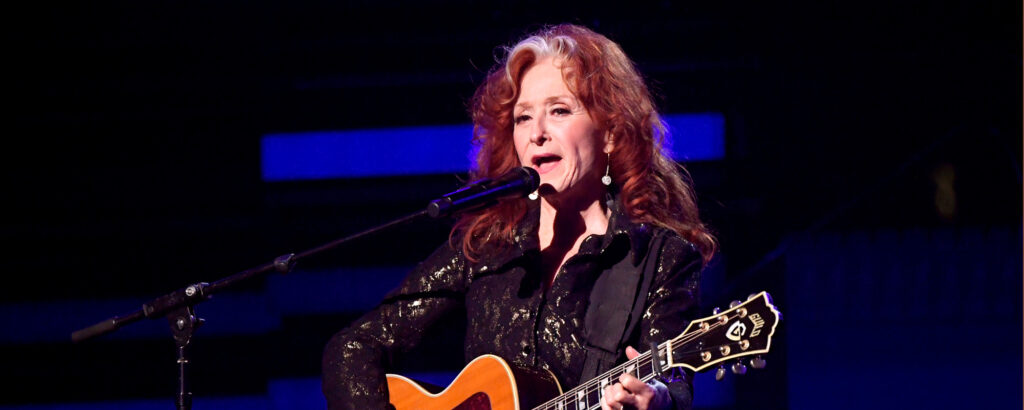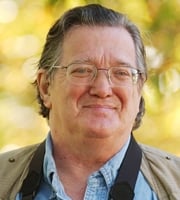![]()
by Larry Rodgers
Bonnie Raitt won seven Grammys in the early ’90s, her “Nick of Time” and “Luck of the Draw” topping the charts.
But the singer-guitarist had been playing her enticing mixture of blues and rock for 20 years before all that attention, and she’s been at it for nearly another two decades as things have quieted a bit.
The Rock and Roll Hall of Famer, 59, who performs with blues-roots player Taj Mahal in Phoenix on Thursday, called to talk about her lifelong love of music and how she’s kept it fresh:
Question: Do you still feel you are learning and evolving musically after four decades?
Answer: Absolutely. I’m an avid fan first . . . . Because I don’t write all my own material, I’ve always had my ear open . . . listening to hundreds, if not thousands, of albums and songwriters, reading reviews, sniffing around the Internet.
(Before) the jewel of finding “I Can’t Make You Love Me” or any of the songs I’ve ended up recording . . . there was months of listening to stuff (that) wasn’t right for me.
It’s daunting, but it’s also a thrill when you turn over a rock and actually find something.
Q: You have a big birthday coming up in November.
A: I remember meeting Muddy (Waters), John Lee (Hooker), (Howlin’) Wolf and Sippie Wallace when I was in my early 20s, and they were the age I’m at now. And now I understand why they were so relaxed, calm and confident, and almost bemused. . . . You don’t care as much what people think.
Q: You’re part of a group of musicians who came up in the ’60s or ’70s rock world and who haven’t missed a beat as the years have passed.
A: It is brand-new territory. I look at the jazz, blues, folk and classical artists (who continue to play for decades). . . . We all have a different point of view to the same songs that we sing at 60 than when we sang them at 20.
Q: What do you respect most about Taj Mahal?
A: When I was in college, I was a big folk, blues and R&B fan, and Taj was one of the first ones who showed where the blues could go. His first two albums are real touchstones for me.
I’ve never felt that I wanted to be a musical museum piece for honoring the blues and playing it exactly as it occurred on the 78s. . . . All the permutations that Taj has taken his music to have been a real inspiration for me.
Q: Do you two share the stage on tour?
A: This is the first time many people have seen us in a while, so we have a good dose of our own shows with our bands. But the fun part for me that makes it fresh, especially because I’ve never toured with Taj, is about 45 minutes when we collaborate. We do a couple of acoustic songs in my set and then we do a big blow-out with both bands onstage for about 35 minutes.
Reach the reporter at larry.rodgers@arizonarepublic.com
or 602-444-8043.
Source: © Copyright The Arizona Republic
But wait, there's more!








 Visitors Today : 39
Visitors Today : 39 Who's Online : 1
Who's Online : 1




































































































